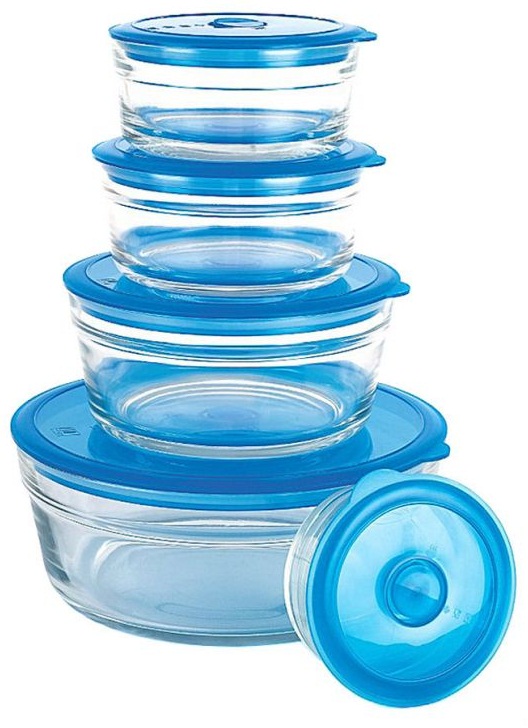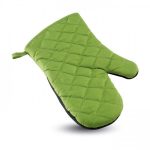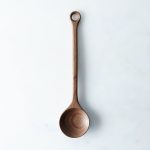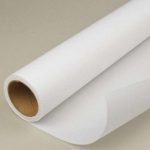
Q: The best dishes for microwave are made of glass and that’s not a secret for anyone. But what about a wine glass, a crystal salad bowl or a baby bottle of milk? Are these types of glass safe for a microwave oven? Let’s sort it out.
What Types of Glass Can I Microwave?
If you want to be sure that your glass is safe to microwave, follow a few simple rules:
- Microwave any thick or relevantly thick glass dishes which have no pictures as well as silver or golden paint (thin glass will shatter or break, and can seldom be used for quick heating only)
- The glass dish is not suitable for the microwave, even if its old enough so the above mentioned patterns has worn off with time
- Make sure that you microwave a clean glassware without any drawing
- Don’t microwave the glass dishes if you have carefully inspected them and found some defects like cracks, chips or air bubbles in the walls or at the bottom (or the dish may explode in the microwave or in your hands at the moment you’re taking them out of the oven)
No doubt, one of the best materials to be heated in the microwave is glass. Ideally, it should be a tempered glass or heat-resistant glass.
How to Determine That My Glassware is Microwave Friendly?
The easiest way to learn if the glassware can be microwaved is to check the logo or the label of the product.
Also, there’s a good method of determining the ‘microwaveability’ of the glass and here’s what you need to do:
- Make sure that your microwave oven is set at 700-800 Watt
- Take the glass bowl you’d like to test
- Place a glass of water at room temperature in the dry experimental glass bowl and microwave it for one minute
- The glass bowl is not suitable for microwaving if it’s warm or hot after a minute spent in the microwave, and the water is cold
- The bowl must be cool or slightly warm in the middle where the glass was placed
- Mark this bowl somehow in case you forget that it’s not suitable for the microwave
- Be very careful and use a potholder
Which Glass is the Best to Microwave?
Borosilicate glass is considered the most suitable for the microwave. This type of glass resists extremely high temperatures and thermal shock.
When you read the label that your coffee or tea cup is made of borosilicate glass, don’t hesitate to place it in the microwave and turn it on.
This glass usually seems very delicate and thin, but this first impression is deceptive. You can easily put it in the microwave or a dishwasher.
Remember only the school laboratory and chemical experiments with test tubes. It is from such borosilicate glass that they are made. And this means that such dishes made of this type of glass can be heated not only in the microwave, but even over an open flame.
You might also be interested in the possibility to microwave glass casseroles, carafes or laboratory glassware. As a matter of fact, they are often made of the same borosilicate glass. Modern technologies move forward and there’s nothing like glass dishes to help you save time and nerves.
Can I Heat Baby’s Glass Bottle in the Microwave?
Many mothers are interested whether they can microwave glass bottles with milk for babies and get really controversial answers.
What we can suggest is check the labels and test a bottle first using the above mentioned method.
Some types of baby bottles are made of tempered glass so they are really durable and seem to resist high temperatures.
To make sure that you won’t lose your milk or baby formula by cracking the bottle in the microwave, you may also just heat some water in a microwave-safe bowl and then plop your bottle in it for a few minutes to reach the preferable temperature.
Anyway, we recommend that you heat up baby food elsewhere but the microwave. Yet you may use it from time to time when you are in a hurry or visit your friends or family.
For the rest, microwave-safe glassware is extremely convenient for cooking and heating in the microwave. Enjoy this experience.



